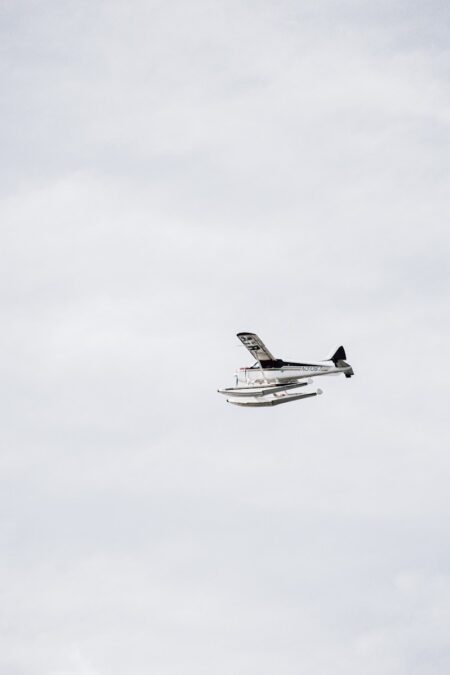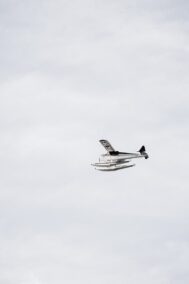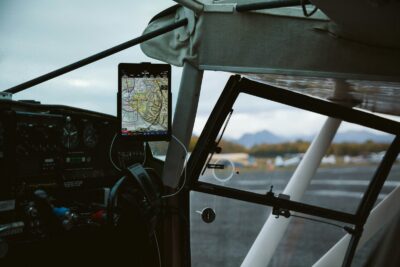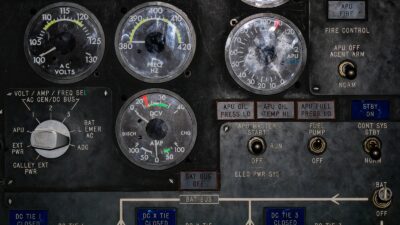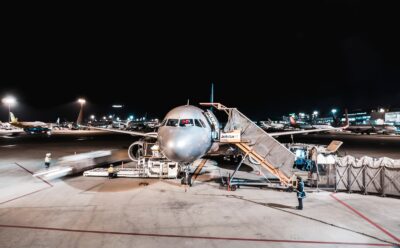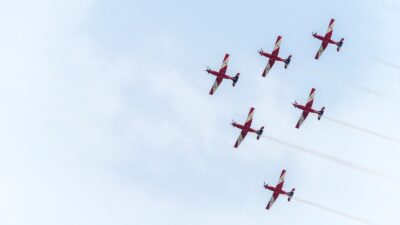Optimizing Aircraft Performance with High-Lift Systems
The Importance of High-Lift Systems in Aviation
Aircraft high-lift systems are integral components that significantly enhance the performance of aircraft during takeoff and landing. These systems, including flaps and slats, play a crucial role in generating additional lift at low speeds, ensuring safe and efficient operations. In the dynamic aviation industry, where safety and performance are paramount, the design and implementation of high-lift systems are essential considerations for aircraft manufacturers and operators alike.
The design of high-lift systems addresses the inherent challenge of achieving sufficient lift during critical phases of flight, such as takeoff and landing. By deploying flaps and slats, pilots can modify the shape of the wing to increase surface area and lift capacity, allowing aircraft to operate at lower speeds without compromising safety. This capability is particularly valuable in adverse weather conditions or on short runways, where precise control of aircraft performance is crucial.
Furthermore, high-lift systems contribute to fuel efficiency and operational flexibility in aviation. By optimizing lift characteristics, aircraft can achieve shorter takeoff and landing distances, reducing fuel consumption and environmental impact. This not only enhances the economic viability of air travel but also expands access to airports with limited infrastructure. In regions like Saudi Arabia and the UAE, where air transportation plays a vital role in economic development, the adoption of advanced high-lift systems is key to sustaining growth and connectivity.
Advancements in High-Lift System Technology
The evolution of high-lift system technology represents a significant milestone in the advancement of aviation. Modern aircraft incorporate innovative design features and materials to optimize the performance of high-lift systems, improving efficiency and reliability. Engineers continually explore new concepts and methodologies to enhance the aerodynamic characteristics of flaps and slats, ensuring maximum effectiveness across a range of operating conditions.
One notable development in high-lift system technology is the integration of advanced materials such as carbon composites and titanium alloys. These lightweight and durable materials offer superior strength-to-weight ratios, enabling the design of more efficient and aerodynamically optimized high-lift components. Additionally, advancements in computational fluid dynamics and simulation techniques allow engineers to conduct detailed analyses of airflow patterns and performance metrics, facilitating the refinement of high-lift system designs.
Moreover, the emergence of digital technologies such as artificial intelligence and blockchain is revolutionizing the design and manufacturing processes of high-lift systems. AI algorithms enable predictive modeling and optimization of aerodynamic performance, while blockchain ensures traceability and transparency in the supply chain. These technologies enhance collaboration among stakeholders and accelerate the development cycle, ultimately resulting in high-lift systems that meet the stringent requirements of modern aviation.
Leadership and Project Management in High-Lift System Integration
Effective leadership and project management are critical for the successful integration of high-lift systems into aircraft design and operation. In complex aerospace projects, clear communication, strategic planning, and meticulous execution are essential to ensure project milestones are met on time and within budget. Leaders must foster a collaborative environment where interdisciplinary teams can innovate and problem-solve effectively.
Project managers play a central role in coordinating the activities of various stakeholders, including engineers, suppliers, and regulatory agencies. By establishing clear objectives, allocating resources efficiently, and mitigating risks proactively, project managers can streamline the development process and minimize delays. Moreover, effective leadership ensures alignment with industry standards and regulatory requirements, safeguarding the integrity and airworthiness of high-lift systems.
Furthermore, leadership skills are vital for driving innovation and continuous improvement in high-lift system design. By fostering a culture of creativity and resilience, leaders empower teams to explore new ideas and challenge conventional wisdom. This proactive approach is particularly relevant in the fast-paced aviation industry, where technological advancements and market dynamics demand agility and adaptability. By investing in leadership development and cultivating a culture of excellence, organizations can position themselves as pioneers in aircraft high-lift system innovation.
Conclusion: Elevating Aviation Performance through High-Lift Systems
In conclusion, aircraft high-lift systems play a critical role in enhancing the performance, safety, and efficiency of aviation operations. The design and integration of flaps and slats enable aircraft to achieve optimal lift characteristics during takeoff and landing, ensuring smooth and controlled flight. With continuous advancements in technology and materials, high-lift systems continue to evolve, offering new possibilities for improved performance and sustainability.
Leadership and project management are essential components of successful high-lift system integration, guiding teams through the complexities of aerospace engineering projects. By leveraging modern technologies and fostering a culture of innovation, organizations can drive progress and maintain a competitive edge in the global aviation market. As the aviation industry continues to evolve, the importance of high-lift systems in elevating aircraft performance and efficiency will remain a cornerstone of aerospace engineering and design.
Additionally, as aviation stakeholders in Saudi Arabia and the UAE strive for excellence, the adoption of advanced high-lift systems will be instrumental in supporting economic growth and connectivity. By embracing innovation and collaboration, the aviation industry can unlock new opportunities for sustainable development and prosperity in the region.
#AircraftHighLiftSystems #AviationTechnology #AircraftDesign #TakeoffAndLandingPerformance #SaudiArabiaBusiness #UAEBusiness #ModernTechnology #BusinessSuccess #LeadershipSkills #ProjectManagement

